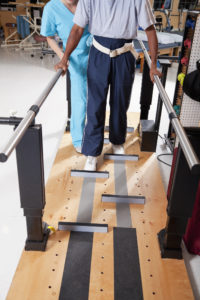Could MicroRNAs Change the Face of Glioblastoma Treatment?
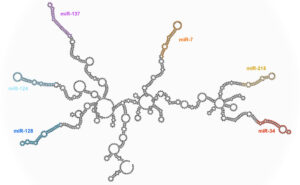 What is the role of microRNAs in glioblastoma (GBM)? How do they control the epigenetic landscape of the tumor and its microenvironment? Questions like these are at the heart of the research of Pier Paolo Peruzzi, MD, PhD, a neurosurgeon and researcher at the Department of Neurosurgery at Brigham and Women’s Hospital.
What is the role of microRNAs in glioblastoma (GBM)? How do they control the epigenetic landscape of the tumor and its microenvironment? Questions like these are at the heart of the research of Pier Paolo Peruzzi, MD, PhD, a neurosurgeon and researcher at the Department of Neurosurgery at Brigham and Women’s Hospital.
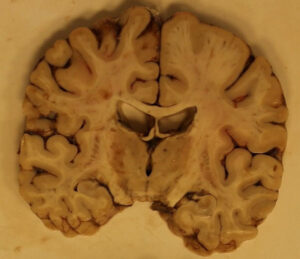
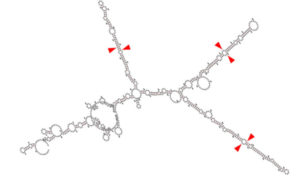 A research team from the Department of Neurosurgery at Brigham and Women’s Hospital has published its step-by-step “recipe” for combining microRNAs into genetic therapies. The new publication comes on the heels of earlier work that shows promise for a potential glioblastoma (GBM) gene therapy. In sharing their technique, the researchers hope to help others create transgenes that could target virtually any complex molecular pathway in a broad range of tumors and other disorders.
A research team from the Department of Neurosurgery at Brigham and Women’s Hospital has published its step-by-step “recipe” for combining microRNAs into genetic therapies. The new publication comes on the heels of earlier work that shows promise for a potential glioblastoma (GBM) gene therapy. In sharing their technique, the researchers hope to help others create transgenes that could target virtually any complex molecular pathway in a broad range of tumors and other disorders.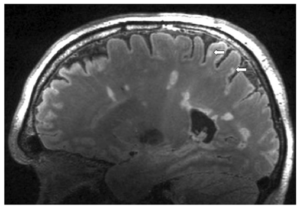
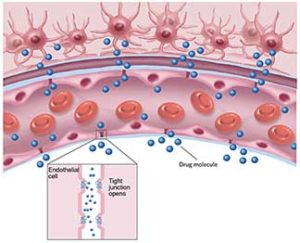
 Using principles of industrial engineering and system dynamics, the stroke care team from Brigham and Women’s Hospital
Using principles of industrial engineering and system dynamics, the stroke care team from Brigham and Women’s Hospital 

